Metals are among the most important materials in modern society, used in everything from construction to manufacturing. However, many steels are not strong enough or suitable for certain applications on their own. To overcome this limitation, metals can be combined together to form alloys that offer increased strength and durability compared to individual elements. Due to their unique properties and characteristics, these metallic alloys have become important components in various industries around the world. In this article, we’ll take a look at what metal alloys are and how they work.
How are alloys made? How do alloys work?
Alloys are made by combining metals in different proportions to create a new material with improved properties over the individual elements. They can contain two or more different types of metals, as well as other elements such as Carbon and Oxygen. The exact composition of an alloy depends on the specific purpose for which it is intended and its desired characteristics.
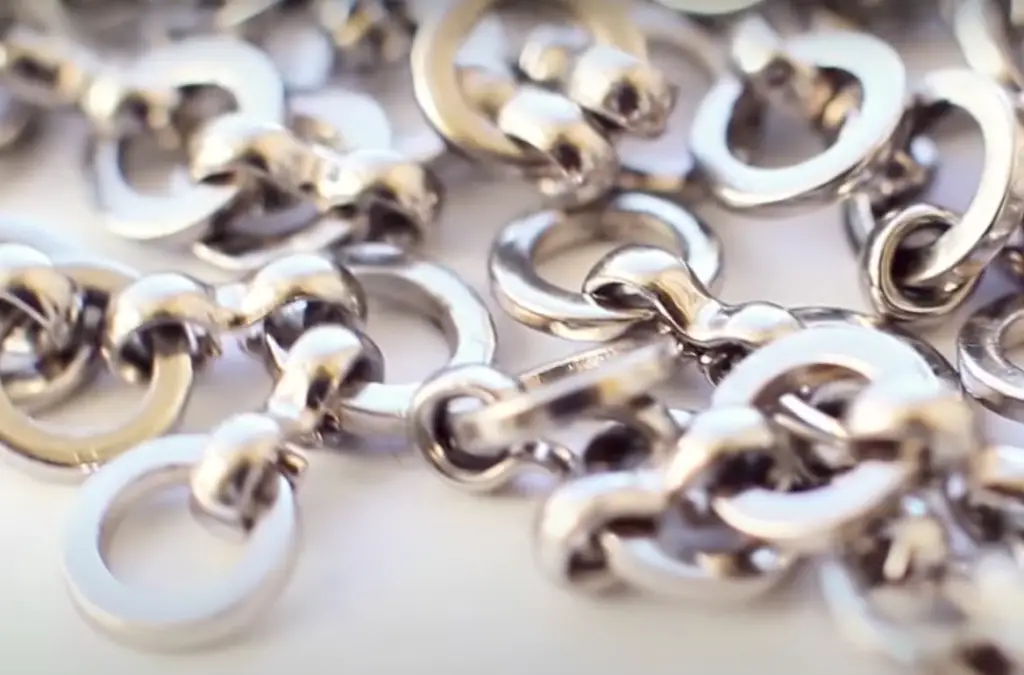
How an alloy performs depends largely on the components that make up the composition; however, all grades of steel have certain properties in common, including increased strength, improved durability, corrosion resistance, and/or a lower melting point than some single element metals. In addition, alloys often have unique electromagnetic properties compared to their constituent elements, which can be useful for electrical applications such as wiring or transformers.[2]
Substitutional Alloys
Replacement alloys are metal mixtures in which the constituent elements replace each other at the atomic level to form the crystal structures of the desired material. This process enables the alloy to achieve specific properties that exceed those of any single element in the mixture. Common examples of replacement metals are Brass, Bronze, and Steel, which contain Copper, Tin, and Iron, respectively. These materials have greater strength and ductility than their constituent elements, which allows them to be used to make components for numerous applications.
Replacement alloys can also be used to improve certain characteristics, such as electrical conductivity or heat resistance. For example, Nickel-Chromium alloys (also known as Ni-chromium) are often used in industrial heating systems due to their excellent thermal stability. Similarly, Copper-Nickel alloys are used in electrical wiring, such as in high-voltage power lines.
In addition to these examples, a wide range of other substitute alloys are available on the market today, which serve different purposes depending on their chemical composition. As such, they remain an indispensable tool for engineers in many industries that require versatile materials with enhanced properties beyond what any single element can offer.
Interstitial Alloys
Interstitial alloys are metal mixtures in which a third element, called an interstitial, is introduced into the crystal lattice of the main elements. Unlike substitution alloys, these form a more homogeneous structure with increased strength and stability. Common examples of interstitial superalloys are Titanium-Aluminum-Vanadium and Nickel-Iron-Molybdenum, which contain Aluminum, Vanadium, Iron, and Molybdenum, respectively.
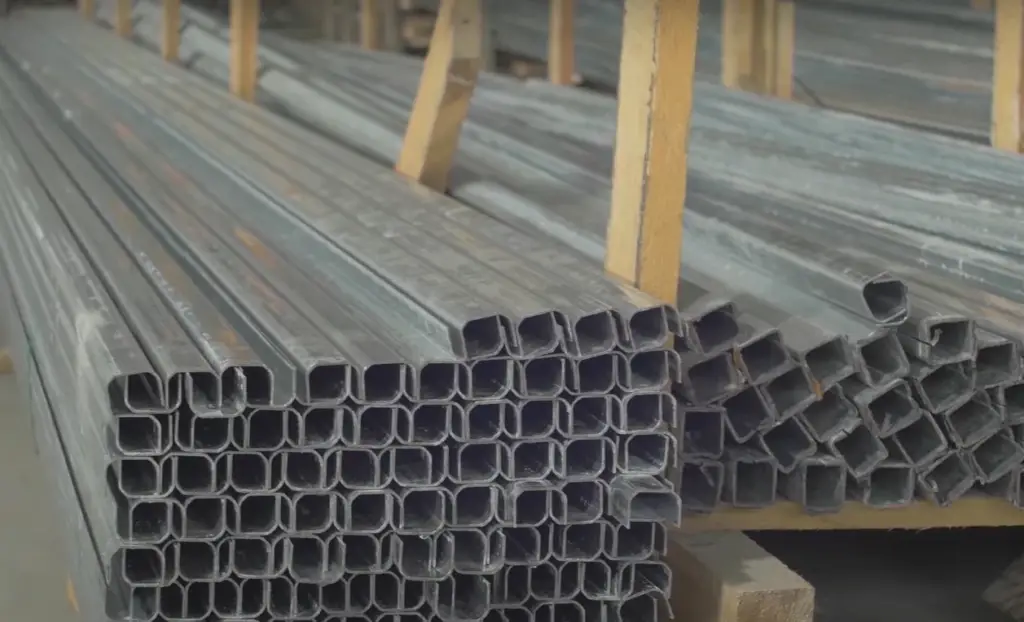
Titanium-Aluminum-Vanadium (TAV) alloys are becoming increasingly popular in the aerospace industry due to their excellent fatigue resistance and high strength-to-weight ratio compared to traditional materials such as Steel or Aluminum. Nickel-Iron-Molybdenum (NIMO) based materials offer increased corrosion resistance in extreme environments due to their stable crystal structure. They are also used in the medical industry due to their exceptional biocompatibility properties.
For example, Nickel-Tungsten alloys are mainly used as diamond cutting tools due to their unique thermal expansion characteristics that allow them to stay sharp for a long time without becoming brittle or dulling quickly.Consequently, metal alloys are now important materials in many industries due to their versatile properties and unique characteristics that surpass those of individual elements. By combining different metals in different proportions, engineers can create materials with increased strength and durability, depending on the alloy composition. Interstitial alloys provide even greater control over the material’s characteristics, giving it greater versatility than other types of metal mixtures.
Why Are Metal Alloys Useful?
Metal alloys are useful because they offer increased power and durability compared to single elements and can be tailored to achieve certain properties depending on their composition. In particular, interstitial grades offer more control over material characteristics, making them even more versatile than other types of metal mixtures. They are used in many sectors of industry for a variety of applications due to their excellent performance and unique attributes that are superior to those of individual elements. Ultimately, metal compounds remain an indispensable tool for engineers around the world who need versatile materials with enhanced properties beyond what any single element can offer.[1]
Examples of popular alloys and their uses
The most popular alloys that we encounter almost every day include such metals as Brass, Phosphor Bronze, Steel, Beryllium Copper.[2]
Brass
First of all Brass. It is a popular mix of Copper and Zinc that has been used for thousands of years. It is known for its ductility and flexibility, making it an excellent choice for products that require machining or bending. It also has excellent anti-corrosion characteristics due to the presence of Zinc, which creates a protective barrier on the metal’s surface.
Due to its versatility, Brass can be found in many everyday items such as doorknobs, locks, hinges, and musical instruments. It is also used in plumbing fittings due to its low coefficient of friction and resistance to water pressure, which makes it an optimal selection for pipes and other appliances. In addition, Brass is often used in decorative products such as sculptures or jewelry to give them extra strength without compromising their aesthetic appeal.
In addition, it is widely used in electrical components such as switches and connectors because it has good electrical conductivity. Thus, Brass serves as an important component for many types of circuits, including computers, telephones, and other electronic devices. Due to their unique properties, brass alloys are in high demand in many industries around the world.
Phosphor Bronze
Phosphor Bronze is an alloy made of Copper, Tin and Phosphorus. It is known for its excellent resistance and high elasticity, which makes it suitable for use in products that require increased strength, such as machine parts and connectors. In addition, Phosphor Bronze also exhibits superior corrosion protection compared to other metals, making it ideal for use in seawater or coastal environments. Its low electrical conductivity and thermal conductivity make it suitable for electrical insulation in products such as wiring or spark plugs.
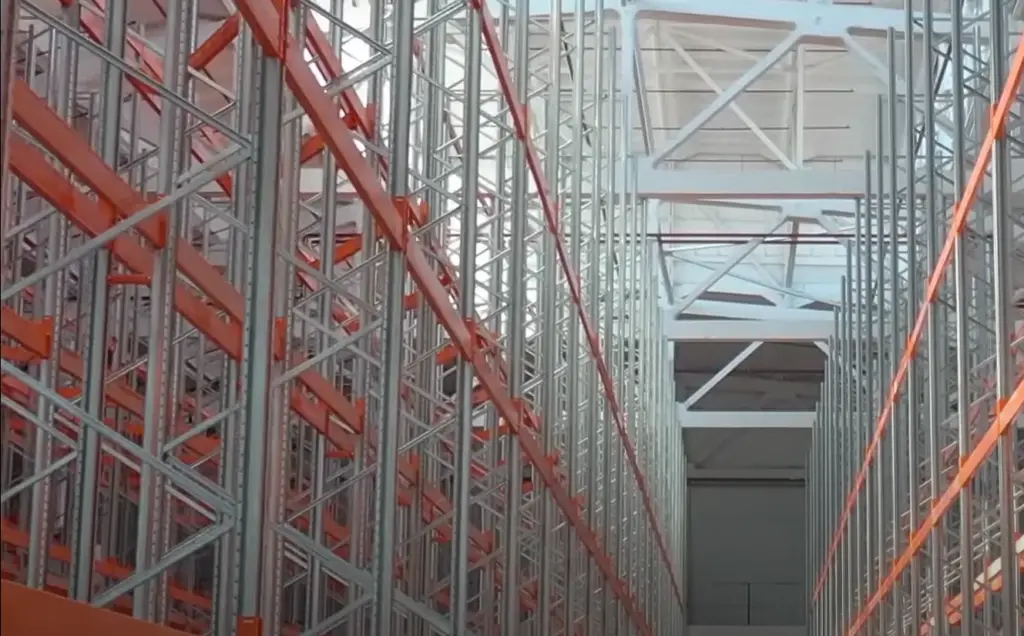
In this case, Phosphorus Bronze is highly resistant to wear and fatigue from vibration or shock loads, making it popular in the manufacture of musical instrument strings, as well as lock washers and bearings.
Additionally, the alloy’s low coefficient of friction makes it useful in parts such as gears or springs that need to move without excessive noise and not require too much energy to operate.In general, Phosphor Bronze is a versatile alloy with improved properties compared to pure Copper, making it suitable for use in a variety of industries, including automotive, electronics, and even aerospace.
The combination of strength, corrosion resistance, wear resistance and thermal stability make this alloy one of the best in the world.
Steel
Steel is a popular alloy of Iron and Carbon that has been the cornerstone of modern construction and engineering since the Industrial Revolution. Its high strength, hardness, and ductility make it an ideal material for structures that require extreme durability, such as bridges, buildings, or automobiles. In addition, Steel is resistant to corrosion due to its protective Oxide Layer, which allows it to be used in outdoor environments without rapid destruction.
Steel’s high melting point also makes it ideal for use in extremely hot processes such as welding and smelting. It is also ductile, allowing engineers to shape it into any shape without compromising strength and structural integrity. This versatility allows Steel to be used in many industries, including the automotive, aerospace and construction sectors.
In addition, Steel alloys are often created to achieve specific properties, such as increased tensile strength or increased heat resistance for specialized applications. For example, stainless steel contains chromium, which makes it ideal for food processing equipment or medical instruments that need to remain hygienic for a long time. Similarly, tool steels contain elements such as Molybdenum or Tungsten, which give them superior wear resistance and thermal conductivity compared to other types of steel; these alloys are common in cutting tools because they remain sharp for a long time despite repeated use in abrasive materials.
Overall, Steel remains one of the most important grades of alloys today due to its unmatched strength and versatile properties that allow designers around the world to create structures with greater durability than ever before. By combining Iron with different elements, such as Carbon or Chromium, in different proportions, engineers can change the material’s characteristics to suit their needs, resulting in highly customized solutions for any particular application.
Beryllium Copper
Beryllium Copper is an alloy composed of Copper, Beryllium and other elements such as Iron, Manganese or Nickel. It has excellent strength and toughness properties, making it an ideal component for products that require high breaking strength, such as springs or cutting tools. In addition, Beryllium Copper is most commonly used in humid environments or in places exposed to seawater.
The material’s low electrical resistivity makes it an excellent choice for electrical connectors and wiring systems that need to remain operational in harsh environments. Beryllium Copper also has excellent thermal conductivity, allowing heat to be efficiently transferred from one component to another; this property makes it useful in products such as heat sinks or cooling fins for electronic components.
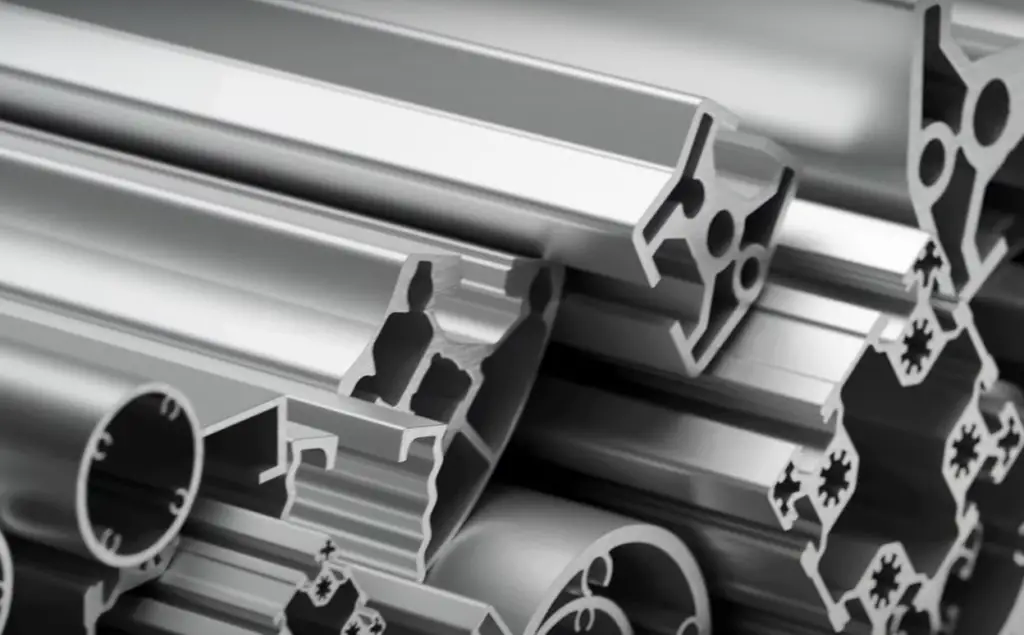
In contrast, good resistance to fatigue and wear from vibrations or shock loads makes beryllium copper popular in products such as aircraft parts or engine components that must withstand extreme loads and not break down over time. The combination of strength, corrosion resistance and thermal conductivity makes this alloy a valuable material in many industries, especially where extreme durability is required.
Are metal alloys expensive?
Metal Alloys can vary significantly in cost. Typically, pure metals such as Copper or Aluminum are relatively inexpensive compared to metal alloys such as Steel or Beryllium Copper. In these cases, the cost of raw materials is often offset by the expensive processes involved in creating and refining the compound. For example, Steel has to go through a number of steps such as melting, rolling, and tempering to create a product with the right properties; this makes it more expensive than regular Iron, which requires little processing before it becomes usable.
Additionally, more complex alloys such as Titanium or Cobalt often contain expensive rare earth elements, making them more expensive compared to simpler Alloys such as Bronze or Brass. In fact, prices for some metal alloys can fluctuate due to market conditions or supply shortages; this is especially true for strategic metals used in military equipment, such as Tungsten or Manganese.
In general, the cost of a particular metal alloy depends on its composition and complexity, as well as on the current market price for raw materials. However, despite this variability, metal alloys remain an invaluable resource due to their improved properties over pure metals; these materials continue to enable developers around the world to create products with greater strength and durability than ever before at an affordable price.[3]
FAQ
What is metal alloy an example of?
A Metal Alloy is an example of a composite material that is formed when two or more different materials are combined to create a new material with improved properties.
Each element in an alloy has its own unique set of physical properties that, when combined in the right proportions, can result in a material with greater strength, corrosion resistance, or wear resistance than would be possible with just one metal.One such example is the Titanium Alloy (Ti-6Al-4V), which is widely used in the aerospace industry due to its combination of light weight and high strength. By combining these two characteristics in a single material, engineers can create aircraft components that are both lightweight and resistant to extreme stresses during flight. Similarly, Cobalt-Chromium Alloys (CoCr) are also used in medical prosthetics due to their biocompatibility and low risk of abrasion; this allows them to remain stable for long periods of time without causing undue harm or discomfort to the patient.
What are 3 examples of metal alloys?
Examples of metal alloys are Titanium Alloy (Ti-6Al-4V) and Cobalt-Chromium alloys (CoCr).
Aluminum alloys are widely used due to their combination of thermal conductivity, corrosion resistance, and lightweight. The material’s light weight also allows engineers to create lighter structures without sacrificing strength; this makes aluminum an excellent choice for aircraft components or automotive parts where weight reduction can have important performance benefits.
Brass Alloys are widely used due to their combination of strength and ductility. This combination allows designers around the world to create strong yet flexible items that must remain functional despite repeated use over long periods of time.
What are metal alloys used for?
Metal alloys are used in a variety of industries. In the space industry, they are used to create parts that are both lightweight and durable to withstand the extreme stresses of flight. In medical prosthetics, Cobalt-Chromium alloys (CoCr) are used for their biocompatibility and low risk of abrasion.
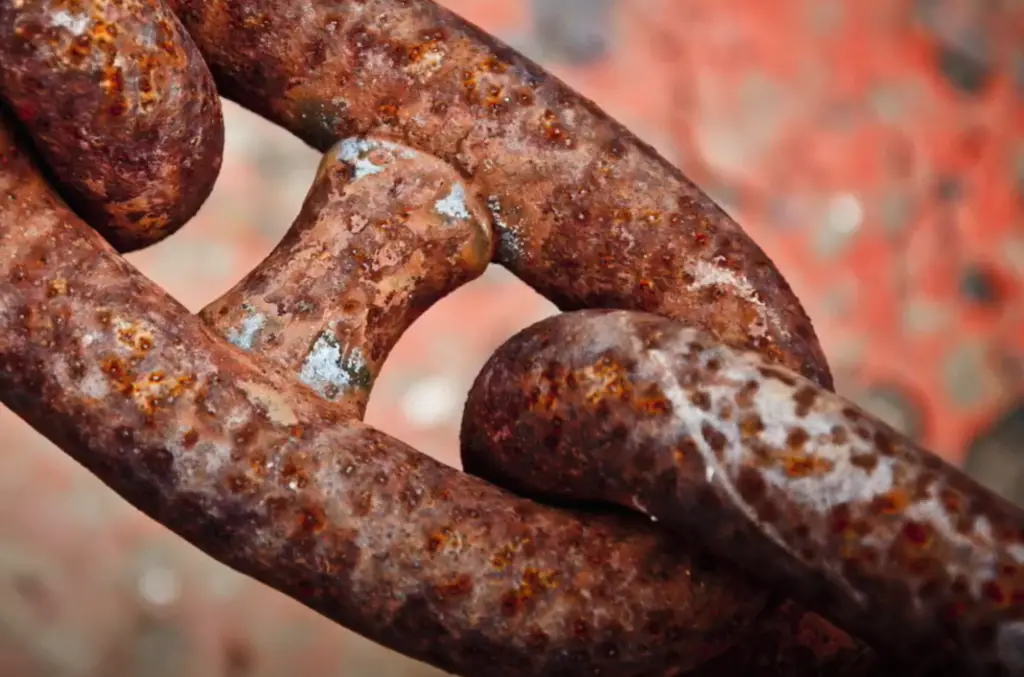
In the automotive industry, Aluminum alloys are used due to their combination of high thermal conductivity, resistance to corrosion, and lightweight. This results in them being perfect for parts that need to effectively dissipate heat from sensitive components while remaining resistant to harsh environments.
Brass alloys are also widely used due to their combination of strength and ductility. Brass’s moderate rust tolerance also makes it suitable for use in door handles, fixtures, and other functional elements that require reliable performance even when exposed to moisture or aggressive atmospheres.
How are metal alloys made?
Metal alloys are usually made using a process known as metallurgy. It involves heating and mixing different metals to change their physical properties; this can be done either by melting them or by combining them in a powdered form. The temperature and ratio of metals used vary depending on the desired result and end use, with some alloys requiring higher temperatures.
Metal alloys are made by joining together one or more different materials in different proportions to form a new material with improved characteristics. The most common alloying method is called melting and casting. In this process, a mixture of metals is heated to the melting point; this allows the mixture to mix homogeneously and cool to become an alloy with the desired properties. This method is often used for large-scale production due to its ability to produce large quantities of metal alloys quickly and efficiently.
Another popular method of creating alloys is powder metallurgy, which combines powdered metals together instead of molten. This method is useful when making small parts or components with intricate details that require a high degree of precision; different methods, such as pressing, can be used depending on the desired shape and density of the final product.
What is the difference between metals and metal alloys?
The main difference between metals and metal alloys is that metals are composed of a single type of element, while metal alloys are composed of two or more different types of elements. The combination and proportions of these elements can change the properties and characteristics of the alloy.

Additionally, metal alloys can be manufactured with greater control over composition compared to all-metal materials; this gives engineers an increased level of flexibility when it comes to creating quality products at an affordable price.
Are all alloys made of metal?
No, not all alloys are made of metal. Non-metallic alloys can be created by combining a variety of materials such as Plastic, Ceramic and Rubber, depending on the desired result. For example, Plastic alloys such as ABS or Nylon are used for their strength and flexibility, while Ceramic alloys offer improved thermal conductivity and corrosion resistance compared to Single Component Ceramics. Rubber alloys, such as EPDM or Neoprene, can also be modified for specific applications; for example, they can be reinforced with Steel Fibers or Carbon Particles to increase their mechanical properties or improve their chemical resistance. Unlike metallic alloys, these types of non-metallic alloys cannot be formed through metallurgy due to the different materials used; instead, they must be created through specialized processes such as casting or extrusion.
Useful Video: What is an alloy?|what is an alloy for kids |metal alloys explained |science facts for kids | Alloys
Conclusion
Consequently, Metal Alloys are an important component of modern manufacturing and engineering. These materials offer a wide range of benefits, such as higher strength, durability and corrosion resistance compared to all-metal materials; they can also be tailored with greater control over composition to meet specific requirements or performance criteria. Additionally, non-metallic alloys made from Plastics, Ceramics or Rubber give engineers even more flexibility when it comes to creating quality products at an affordable price. Regardless of the application, choosing the right alloy for your project is key to ensuring optimal results!
References:
- https://markhammetals.com/what-are-metal-alloys/
- https://www.meadmetals.com/blog/what-is-an-alloy
- https://tampasteel.com/what-is-a-metal-alloy/






